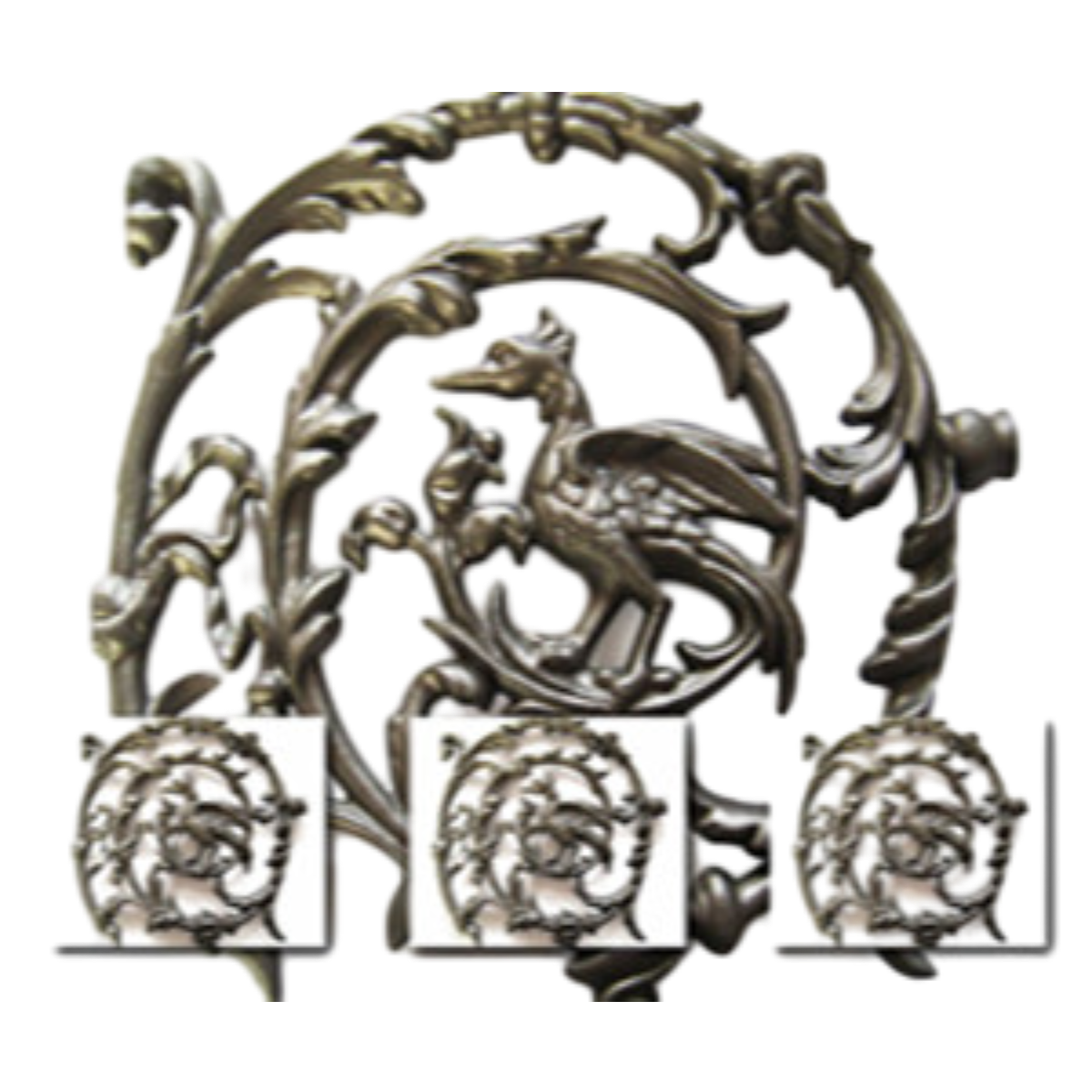wrought iron rusting
The Rusting of Wrought Iron Causes, Effects, and Prevention
Wrought iron, a malleable and ductile iron alloy, has been utilized for centuries in various applications, including construction, fencing, and decorative elements. While revered for its strength and workability, one of the significant challenges wrought iron faces is rusting. This article delves into the causes of wrought iron rusting, its effects, and practical preventive measures.
Causes of Rusting
Rusting is the process through which iron oxidizes when exposed to moisture and oxygen in the environment. The fundamental chemical reaction can be summarized by the equation
\[ 4Fe + 3O_2 + 6H_2O \rightarrow 4Fe(OH)_3 \]
This reaction indicates that iron (Fe) reacts with oxygen (O2) and water (H2O) to form iron(III) hydroxide (Fe(OH)3), which ultimately dehydrates to form rust (Fe2O3·nH2O). The rusting process can be accelerated by several factors
1. Moisture water is a vital component in the rusting process. High humidity levels or exposure to rain can dramatically increase the rate of corrosion.
2. Oxygen Availability The presence of oxygen is crucial for rust formation. Environments that are well-ventilated can promote faster rusting, while stagnant, low-oxygen conditions can occasionally slow the process.
3. Salt The presence of salt, particularly in coastal areas or during winter months when salt is used on roads, can significantly enhance corrosion rates. Saltwater serves as a more effective electrolyte than pure water, facilitating the movement of ions that accelerates rust formation.
Effects of Rusting
wrought iron rusting

The consequences of rusting extend beyond aesthetics; they also pose practical challenges. Rust weakens the structural integrity of wrought iron, leading to potential failures in load-bearing structures, fences, and decorative items. Furthermore, rust can cause the surface finish of wrought iron to degrade, leading to unsightly appearances and requiring regular maintenance.
In outdoor applications, rusting can significantly compromise the longevity of wrought iron, making it susceptible to breakage or collapse. In historical structures, where wrought iron is often utilized, unchecked rusting can threaten the preservation of cultural heritage, leading to significant restoration costs.
Prevention Strategies
Preventing rust formation in wrought iron is essential to maintaining its beauty and functionality. Here are several effective strategies
1. Protective Coatings Applying a protective layer of paint or a rust-inhibiting coating can serve as a barrier to moisture and air. Regular maintenance of these coatings is vital to ensure their effectiveness.
2. Galvanization This process involves coating wrought iron with a layer of zinc, which acts sacrificially and prevents rust. Even if the coating is scratched, the zinc will corrode before the iron, thereby prolonging the lifespan of the material.
3. Regular Cleaning Keeping wrought iron dry and clean can prevent moisture accumulation and reduce rusting. Regularly wiping down surfaces and removing debris, particularly in outdoor settings, helps mitigate rust.
4. Use of Corrosion Inhibitors These chemical compounds, when applied to metal surfaces, can significantly slow down the rusting process by disrupting the electrochemical reactions involved.
5. Humidity Control In environments with high humidity, using dehumidifiers and ensuring proper ventilation can help reduce moisture levels, making it less conducive to rust formation.
Conclusion
Rusting remains a significant challenge for wrought iron in both practical and aesthetic terms. Understanding the causes and effects of rusting, combined with effective preventive strategies, is critical for maintaining the integrity and beauty of wrought iron. By applying proactive measures, we can preserve the legacy of this versatile material for generations to come. The appreciation of wrought iron’s strength and craftsmanship should not come at the cost of its deterioration; therefore, diligence in care and maintenance is essential.
-
Wrought Iron Components: Timeless Elegance and Structural StrengthNewsJul.28,2025
-
Window Hardware Essentials: Rollers, Handles, and Locking SolutionsNewsJul.28,2025
-
Small Agricultural Processing Machines: Corn Threshers, Cassava Chippers, Grain Peelers & Chaff CuttersNewsJul.28,2025
-
Sliding Rollers: Smooth, Silent, and Built to LastNewsJul.28,2025
-
Cast Iron Stoves: Timeless Heating with Modern EfficiencyNewsJul.28,2025
-
Cast Iron Pipe and Fitting: Durable, Fire-Resistant Solutions for Plumbing and DrainageNewsJul.28,2025
-
 Wrought Iron Components: Timeless Elegance and Structural StrengthJul-28-2025Wrought Iron Components: Timeless Elegance and Structural Strength
Wrought Iron Components: Timeless Elegance and Structural StrengthJul-28-2025Wrought Iron Components: Timeless Elegance and Structural Strength -
 Window Hardware Essentials: Rollers, Handles, and Locking SolutionsJul-28-2025Window Hardware Essentials: Rollers, Handles, and Locking Solutions
Window Hardware Essentials: Rollers, Handles, and Locking SolutionsJul-28-2025Window Hardware Essentials: Rollers, Handles, and Locking Solutions -
 Small Agricultural Processing Machines: Corn Threshers, Cassava Chippers, Grain Peelers & Chaff CuttersJul-28-2025Small Agricultural Processing Machines: Corn Threshers, Cassava Chippers, Grain Peelers & Chaff Cutters
Small Agricultural Processing Machines: Corn Threshers, Cassava Chippers, Grain Peelers & Chaff CuttersJul-28-2025Small Agricultural Processing Machines: Corn Threshers, Cassava Chippers, Grain Peelers & Chaff Cutters












